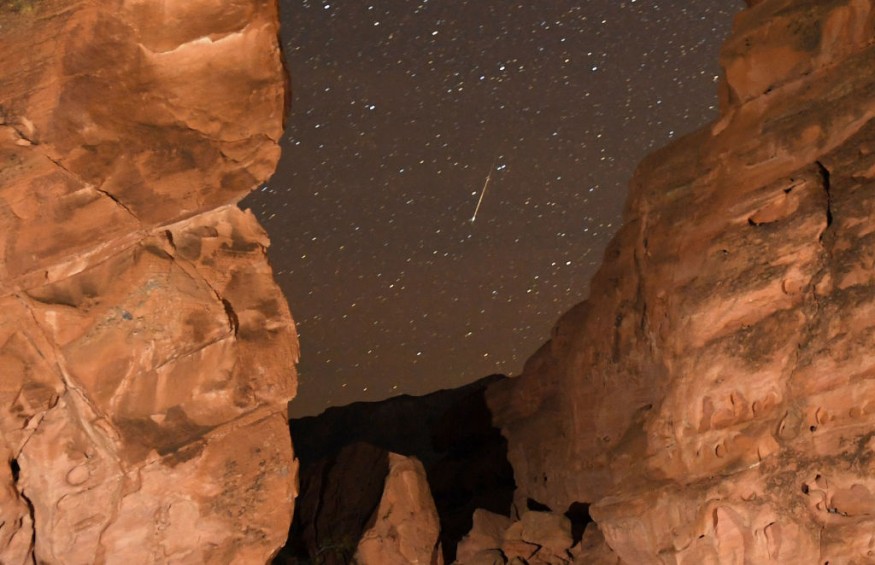NASA releases its most recent updates, which skywatchers may look forward to in December. You could be able to see an approaching comet Leonard, Venus, and the Geminid meteor shower around this hour.
Here's all you need to know about the astronomical phenomena that will occur in the weeks leading up to Christmas.

Venus and Pals
According to Digital Trends, Venus is the first item to look out for in December. Venus is the second brightest object in our night sky after the moon, making it the simplest thing to see among this month's offerings.
On Dec. 7, NASA suggests keeping an eye out for Venus as the moon looks to pass nearby. Jupiter and Saturn will be visible via clear skies. See how they'll be positioned in the night sky in the following days in the graphic below.
Christmas Comet Leonard
According to a report from SciTech Daily, the comet Leonard is expected to arrive in the first two weeks of the month. NASA experts have said that you may be able to glimpse this once-in-a-lifetime comet when it approaches the globe on Dec. 12.
What's fascinating about this finding is that you might see this uncommon sighting with your own eyes. The only thing you need to be aware of is its brightness, which might be unpredictable.
The finest skywatching advice is to have a pair of binoculars with you so you can get the best view possible.
NASA stated on their website that this comet would be in the east before daybreak as it passed by. It would travel between the handle of the Big Dipper and Arcturus.
Around Dec. 14, the item will shrink as it sets. The sun would gradually vanish from the horizon as soon as it rose.
Geminid Meteor Shower
The inclusion of Geminid meteor shower to your Christmas skywatching version would make it more successful. This year, EarthSky predicted that stargazers will be able to see them on Dec. 13 and 14.
According to NASA, 120 Geminid meteors may be observed each hour at their peak in ideal conditions. Geminid meteors resemble asteroid debris that burns up in the planet's atmosphere to the untrained eye.
The space agency also predicted that the sun would be 80 percent brighter than it has ever been at the time of the Geminid event, affecting meteor visibility. Another intriguing item to observe about 2 a.m. is the lowering of the moon before dawn.
"Geminids are one of the few meteor showers that are caused by debris from an asteroid that crosses Earth's orbit - in this case, one called Phaethon," NASA said about this upcoming meteor shower.
Check out more news and information on Space in Science Times.










